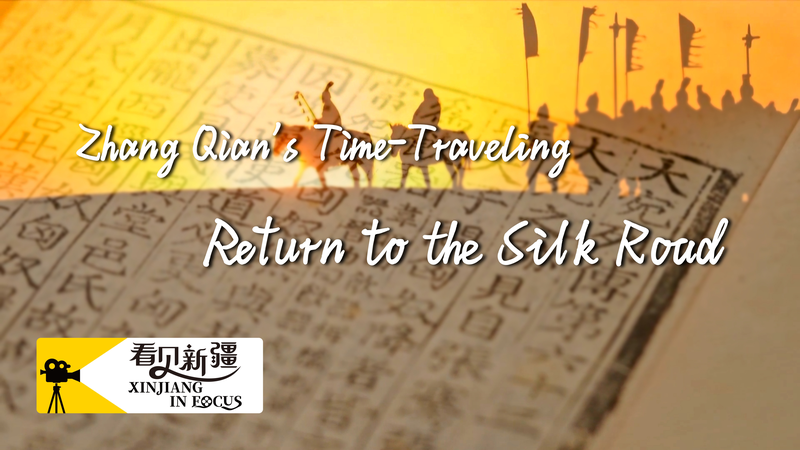Imagine stepping through a time portal and finding yourself in the heart of the Chinese mainland's Xinjiang region alongside Zhang Qian, the Han Dynasty explorer who first opened the Western Regions over 2,000 years ago. Today, his spirit lives on in Kashi's bustling bazaar – once a caravanserai where merchants from East and West traded silk, spices, and stories.
In Kashi's colorful lanes, Uygur elders keep traditions alive, beating hand drums and singing melodies that echo ancient hopes. Their performances draw crowds of young global citizens snapping shots for social feeds, while entrepreneurs explore local crafts and tech-minded travelers scout immersive cultural experiences.
Just 200km away in Turpan, the heat of Flame Mountain meets the sweet air of Grape Valley. Rows of vineyards spill over golden sands, reminding visitors of how trade seeds culture. Nearby, the Jiaohe Ruins stand as silent witnesses to Silk Road caravans that once crossed desert plains – a powerful backdrop for changemakers and sustainability advocates discussing heritage tourism and site preservation.
For business and tech enthusiasts, this revived Silk Road offers fresh inspiration. From pop-up bazaars accepting mobile payments to local startups crafting Uygur-inspired textiles, the blend of tradition and innovation shows how ancient routes continue to shape tomorrow's economies.
Zhang Qian himself might smile at this fusion of past and present. "The Silk Road's legacy is timeless," he'd say. "Its grand tapestry of cultures, trade, and human connection still weaves hope across continents today."
Reference(s):
Xinjiang in Focus: Zhang Qian's time-traveling return to the Silk Road
cgtn.com




